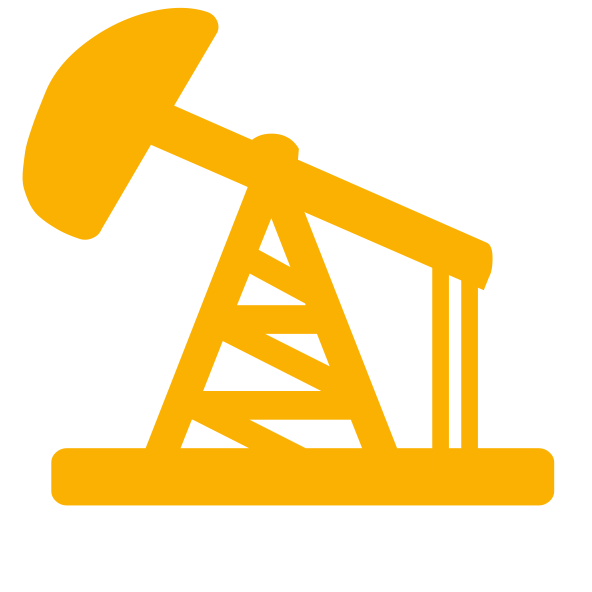 What is industrial digital transformation and what does it mean
What is industrial digital transformation and what does it mean
Industrial digital transformation refers to the application of digital technologies to transform traditional industrial processes and operations. This includes the use of technologies such as the Internet of Things (IoT), artificial intelligence (AI), machine learning, and robotics to optimize manufacturing processes, improve product quality, reduce costs, and increase efficiency.
Industrial digital transformation is not just about implementing new technologies; it requires a holistic approach that involves people, processes, and technology. This includes the digitization of supply chain and logistics processes, the use of predictive maintenance to minimize downtime, and the adoption of new business models enabled by digital technologies. It is also about operating a digital-first organization that frees its people to undertake more complex tasks; and allows for organizations across all sectors to leverage data to improve operations and drive improvements in competitiveness, profit and processes.
Industrial digital transformation also offers significant opportunities for improving safety and reducing environmental impact. For example, sensors and other IoT devices can be used to monitor equipment and identify potential safety hazards before they occur, while machine learning can be used to proactively adapt to changing conditions and processes and provide dynamic safety assessments, preventing life-threatening events and production failures with personalized safety routines that guide the performance of people, tasks, and assets.
How to improve chances of success
Digital transformation is not always a success story, and many companies struggle to achieve the outcomes they expect at the costs they didn’t predict. Here are some key considerations for companies looking to improve their chances of success:
- Develop a clear digital transformation strategy: One of the most important keys to success in digital transformation is having a clear and well-defined strategy. This means identifying the specific business goals that you want to achieve with digital transformation and creating a roadmap for achieving those goals. Your strategy should be based on a deep understanding of your organization’s capabilities and resources, as well as the competitive landscape and the evolving needs of your customers.
- Focus on people and culture: Digital transformation is not just about technology; it’s about people and culture as well. You need to create a culture of innovation and collaboration, where everyone in the organization is empowered to contribute to the transformation process. This requires effective change management, clear communication, and ongoing training and development.
- Use data to drive decisions: Data is a critical component of digital transformation, and it can be used to inform decisions at every stage of the process. By collecting and analyzing data, you can identify opportunities for improvement, measure progress, and make informed decisions about where to focus your resources.
- Adopt an agile approach: Digital transformation is an ongoing process, and it requires a flexible and agile approach. Rather than attempting to implement a complete solution all at once, it’s often more effective to start with small, focused projects that deliver tangible results quickly. This approach allows you to iterate and refine your strategy over time, based on feedback from stakeholders and the results you achieve.
- Collaborate with partners and vendors: Digital transformation often requires specialized expertise that may not be available in-house. To fill these gaps, it’s important to collaborate with partners and vendors who can provide the necessary skills and resources. This can help you to accelerate your transformation efforts and achieve better outcomes at a lower cost.
- Empowering employees through intelligence and insights: An essential component of a successful digital transformation is the concept of a connected worker solution. This will allow to identify issues and opportunities, make informed decisions, and take action quickly.
 The critical importance of the Connected Worker
The critical importance of the Connected Worker
Empowering employees through intelligence and insights that embed transparency and visibility throughout the business is an essential component of successful digital transformation. This is where the concept of the connected worker comes in.
The connected worker is a key element of the digital transformation strategy, focused on empowering employees with the right information, tools, and technology to make better decisions and be more productive. By connecting workers to digital tools and platforms, they can gain access to real-time data, analytics, and insights that help them to identify issues and opportunities, make informed decisions, and take action quickly.
Connected workers are equipped with devices such as tablets, smartphones, wearables, and other connected devices that allow them to access critical data and communicate with each other in real-time. This enables them to work more efficiently, collaborate effectively, and stay informed of changing conditions in the workplace. With the help of connected devices, workers can also be empowered to identify potential safety hazards and take corrective action before they become a problem. This helps to create a safer and more secure workplace environment, which is beneficial to both employees and the organization.
The seamless flow of information between employees, management, and other stakeholders in the organization is essential to ensure that workers are empowered to make the right decisions based on access to the right data, at the right time. By providing access to real-time data, analytics, and insights, workers can better understand the needs of the business and customers, and respond quickly to changing conditions.
The value of data
This brings the conversation full circle back to the data, and the value of this data particularly as a catalyst in driving the adoption and capabilities of Industry 4.0 and Industry 5.0, is data, and the innovation that surrounds it. The value of the data in the industrial setting can be felt across multiple touchpoints. It can be used to connect the digital dots and provide the organization with insights that can streamline processes and improve deliverables. It can be translated into real-time insights that impact decision-making and allows for immediacy in response times and improvements in operational performance. And, most importantly, it can be leveraged to mitigate risk and enhance the value of the connected worker within an increasingly challenging environment.
 GOARC’s Connected Worker solution
GOARC’s Connected Worker solution
While data is the most valuable asset, if it is managed and interpreted correctly it can go beyond just adding insights. With the right technology and strategy, the organization can revolutionize the convergence of personal and process safety to protect its people and its assets. The GOARC Connected Worker solution is a native mobile phone application that provides workers with access to real-time information 24/7 that includes insights into facility conditions and can be used to provide users with dynamic workflows in real-time. The solution has also been designed with a gamification feature to promote safe behavior and to motivate workers to remain compliant, aware, and safe.
Designed to be very much in line with the mandates of organizations within the sector, the platform turns the smartphone into a comprehensive operational and safety platform. It allows for organizations to empower workers with connected insights and information that loops back to decision-makers to create a holistic ecosystem of data and engagement. This means that complex situations can be resolved at speed, and with worker safety as a priority, and downtime can be minimized through comprehensive risk mitigation management. Workers can use the Safety 4.0 platform to report hazards in real time which is of immense value in ensuring that issues are dealt with correctly and at speed.
Using structured and unstructured data, the GOARC Connected Worker platform closes the gaps that often exist between the workers on the ground and decision-makers. Its ability to adapt to changing conditions and provide users with a digital view of facility activities in real time means that it is fully realizing the potential of the data and ensuring that it is interpreted intelligently to ensure that workers sit at the heart of safety and operational excellence.
The future lies in the hands of the connected workers. The skilled and committed employees who are empowered by digital and protected by data. They are the key to longevity and sustainability in markets and sectors defined by complexity, uncertainty, and change.


 What is industrial digital transformation and what does it mean
What is industrial digital transformation and what does it mean The critical importance of the
The critical importance of the 
 GOARC’s Connected Worker solution
GOARC’s Connected Worker solution






